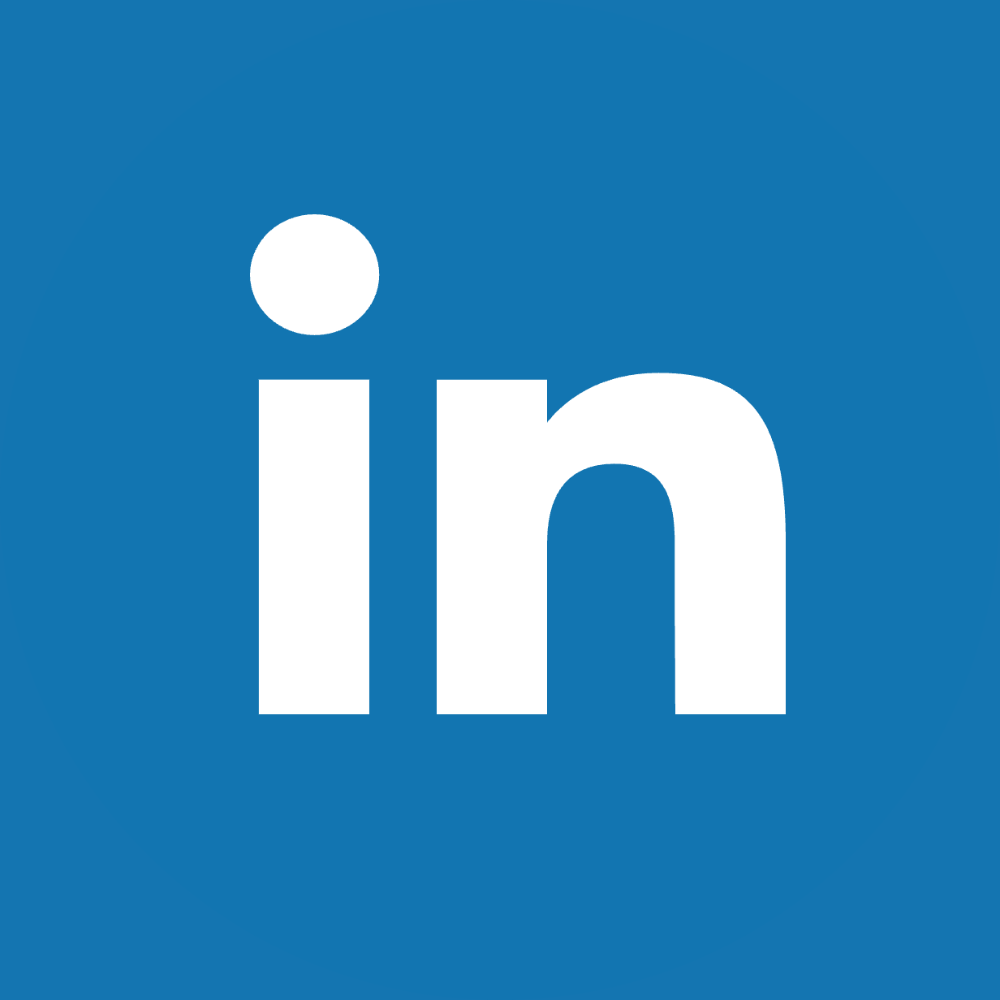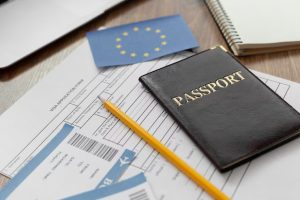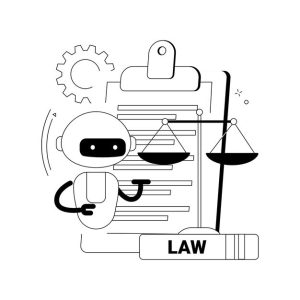As the application and development of artificial intelligence and its relevance to various fields of life increases the attempts to define creativity and, therefore, the ownership for creativity, too. Since creation through the use of advanced generative AI has in a way become possible to create art works and literature, music, and design that can even require little efforts from the human being that was engaged in the actual creation of the piece the issue of ownership of intellectual property and artists rights has most definitely been a hot topic discussed. How can one safeguard authors with regard to the idea that clones of all kinds can now be authored by machines or machines can outcompete human authors? But to what does it give way to moral responsibilities, if any, in creative careers, which involve the application of AI?
The Disruption of Traditional Creative Models
In the past, the IP systems were designed to protect inventions, creations, products that are created through effort and intellect. In the case of objects including painting, a novel, or a song, the legal system had always granted rights to people who could easily be connected to painting or novel or song.
Enter AI. DALL·E, Midjourney, and ChatGPT are capable of creating a picture, writing a script, composing a tune or even remix a tune or arrange it according to the datasets that include arts, essays, portfolio, blog that these apps were trained on. This raises the following questions: what is created by AI is based on copyright and original works owned by real people artists and they do not receive any remuneration, or even a simple request.
Who Owns AI-Generated Work?
Another of the questions that is currently being posed in the laws of different countries is who owns the rights to work created by an AI. This means that in most legal systems, as it is the case in the present work, copyright protects only human authorship. This means that when work creation involves minimal human input, such a creation by AI is likely not to meet the threshold that can be considered for protection under the copyright laws. However, it would be helpful to find out the time when the AI is controlled by a person, offered some recommendations, or its output adjusted. As for the second idea, I have the following question about creativity – whether it can be rated as high enough to gain its own rights.
It is challenging to review them due to their relative novelty and such kinds of cases are tried in courts only. However, new media objects that are not copyrighted by the author that is a human being are not protected by the copyright law, as evidenced by the United States of America’s Copyright Office. This is possible today because of the loosely regulated grey area of ‘stoke generation’ that uses human input as the basis of its work without compensating them or providing them any notice.
The Moral Dilemma: Exploitation or Innovation?
Some people believe that AI completes the possibilities and enables more people to have a chance to be involved in art in some way while others see in it attainment of personal profits and gains especially when trained on art produced unreleased by the author. Let us then assume that a generative AI has created work that mimics a most-endowed illustrator or composer and is now asked to produce this kind of art: would the author bar should be paid or credited?
At the same time, it is possible to point to what can be discussed as ‘style imitation.’ This will enable a model to generate a painting that is an imitation of Van Gogh or a song that imitates Taylor Swift. But all these can be done at scale and when this is the case it devalues the work of human artists and the individuality they bring to it in presentation. Worse still, they can flood the market with fake ones which shrinks the opportunity that the originators have of making sales.
Others also have quite drawn a line in the sand: Some artists have begun biting back. Such pressure has emerged for more regulation including formal provisions for particular data opt out regime and general guideline on how AI should be ethically used, for legislation that requires the data to be made more transparent in training. Such are attempts that suggest increasing the demand for a system that incorporates the law and the potential of the ordinary person and creators.
Toward a More Ethical AI-Creative Ecosystem
In this passage, the author asks the question as to how this prospective technology is controllable from violating but nurturing the artists’ rights.
1. Transparent Training Practices
This means that when developers are creating their models, some data about the data used in developing the models should be offered. As for the action of choosing types and designs of the human-made products, the approval from the owner should not be a recommendation. It means licensing agreements, artist opt-in and fair compensation structures are still in the right direction.
2. Attribution and Disclosure
users and the platform where the content is to be displayed, should state whether it was created by artificial intelligence and where it is an imitation of a particular artist. Attribution policies can be employed for the purpose of protecting individual or group rights on creations done and the creators.
3. New Legal Definitions
The roles of governments and IP offices are that they should offer the new legal requirements of human-AI collaboration. Amidst such differences, it is clear that there should be definite guidance when human inputs over an AI-created output become a work that is protectable.
4. Ethical Standards in AI Development
Ethical issues related to the development of AI in arts: Tech firms and art institutions should jointly develop the best code of ethics and standards for the use of AI in arts. These should go beyond compliance for them to include social effects which are for instance job losses, eradications of culture, less creativity among others.
5. Support for Human Creators
Lastly, I would like to note that every creative action has to be regarded as unique value. Nevertheless, it was rather peculiar that considering the given idea, AI used the work of art to inspire the artist. Offering grants, education to human-made stuff and platforms will significantly increase the chances of balance in the creative industry.
Conclusion
It can, therefore, be said that AI and IP are two thoroughbreds when it comes to ownership of ideas and innovation in the current society. However, with the advancement of AI, the factor of deception arises and exemplifies present and future occupations of artists.
However, this also means that it gives a chance which is a contradiction of its participative nature, where the participative aspect refers to:. However, as this paper has highlighted, opening up the possibilities for moral visioning and practical dialogical discussions on the nature of society, it is possible to have a technology that fosters development of creativity rather than stifling it. Speaking for them, the right artists should have is getting an input on rights, freedoms, and the kind of future artists want. But what has been ascertained however is that it isn’t only about having an output in the form of artwork; it is about the story of the human behind it.










